Rubinstein-Taybi syndrome in a Saudi boy with distinct features
Por um escritor misterioso
Last updated 16 junho 2024
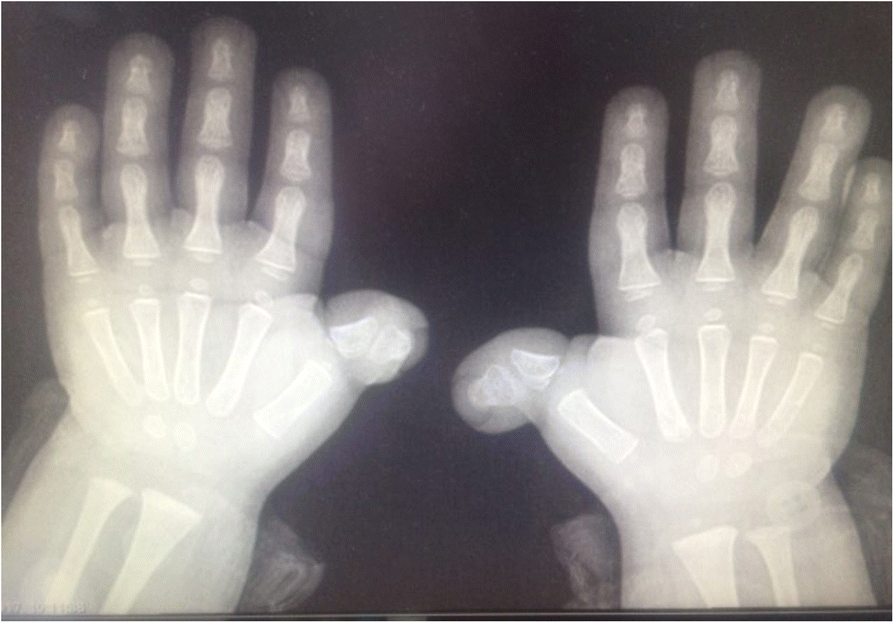
Background Rubinstein-Taybi syndrome (RSTS) Type 1 (OMIM 180849) is characterized by three main features: intellectual disability; broad and frequently angulated thumbs and halluces; and characteristic facial dysmorphism. Case presentation We report on a Saudi boy with RSTS Type 1 and the following distinct features: a midline notch of the upper lip, a bifid tip of the tongue, a midline groove of the lower lip, plump fingers with broad / flat fingertips, and brachydactyly. The child was found to be heterozygous in the CREBBP gene for a sequence variant designated c.4963del, which is predicted to result in premature protein termination p.Leu1655Cysfs*89. The child and his father were also found to be heterozygous in the EP300 gene for a sequence variant designated c.586A > G, which is predicted to result in the amino-acid substitution p.Ile196Val. Conclusion Our report expands the clinical spectrum of RSTS to include several distinct facial and limb features. The variant of the CREBBP gene is known to be causative of RSTS Type 1. The variant in the EP300 gene is benign since the father carried the same variant and exhibited no abnormalities. However, functional studies are required to investigate if this benign EP300 variant influences the phenotype in the presence of disease-causing CREBBP gene mutations.

PDF) Rubinstein-Taybi syndrome in a Saudi boy with distinct features and variants in both the CREBBP and EP300 genes: A case report

Rubinstein-Taybi Syndrome: A case report

De novo variation in EP300 gene cause Rubinstein-Taybi syndrome 2 in a Chinese family with severe early-onset high myopia, BMC Medical Genomics

Rubinstein-Taybi syndrome: A report of two siblings with unreported cutaneous stigmata - Indian Journal of Dermatology, Venereology and Leprology
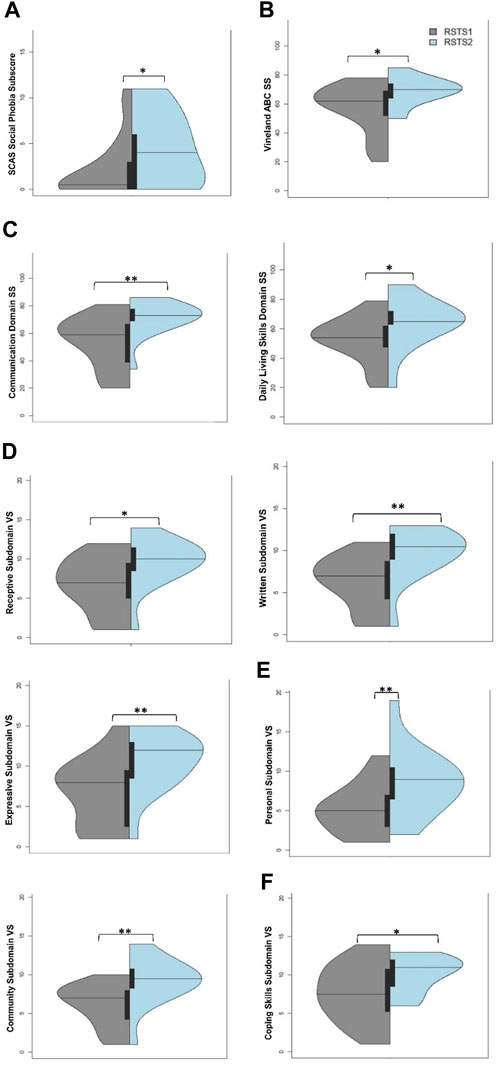
Frontiers Behavioral and neuropsychiatric challenges across the lifespan in individuals with Rubinstein-Taybi syndrome
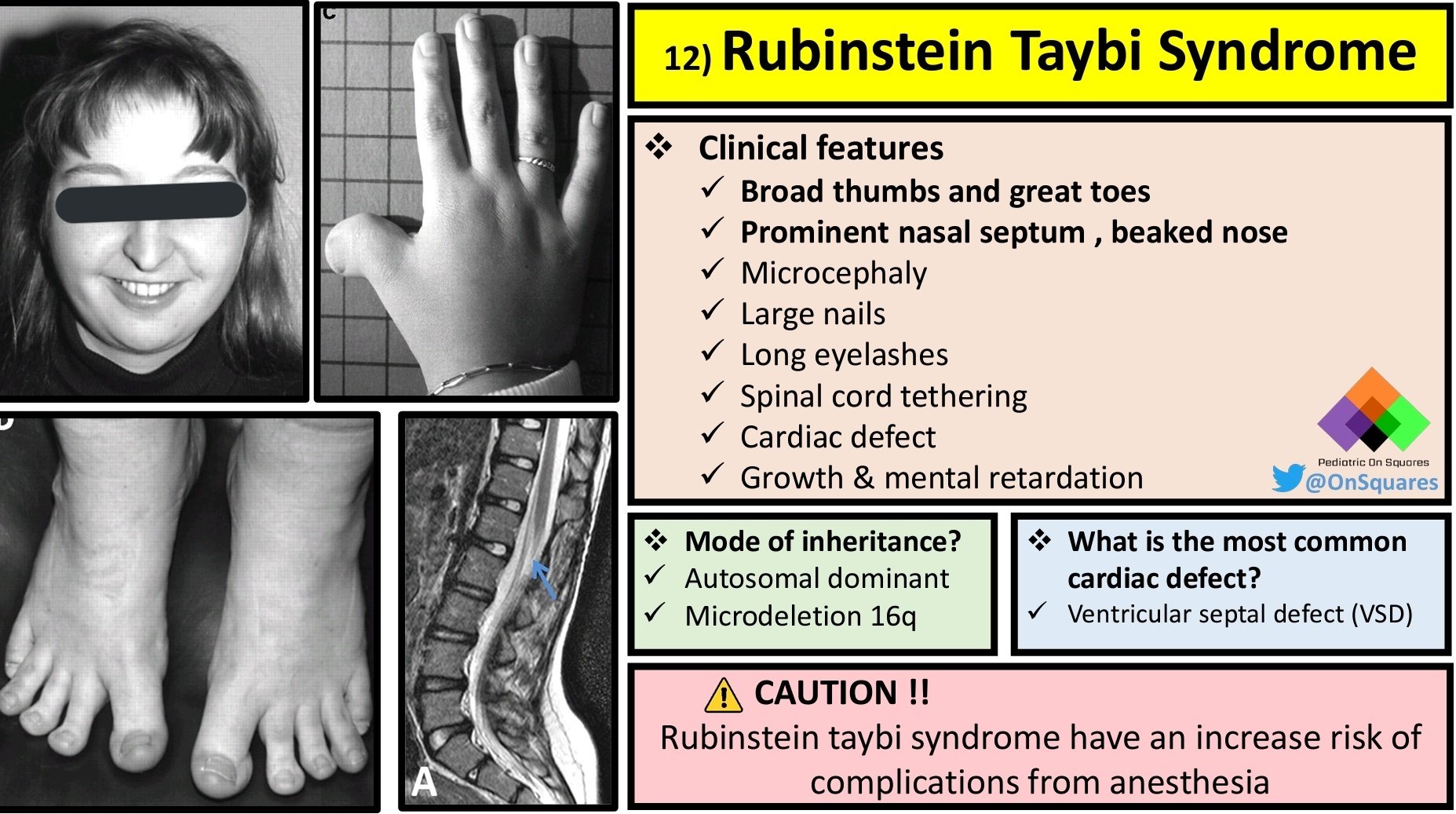
Pediatric on Squares on X: Rubinstein Taybi Syndrome #Pediatric #Genetics # syndrome / X

PDF) An unusual presentation of Rubinstein-Taybi Syndrome with bilateral postaxial polydactyly Corresponding author
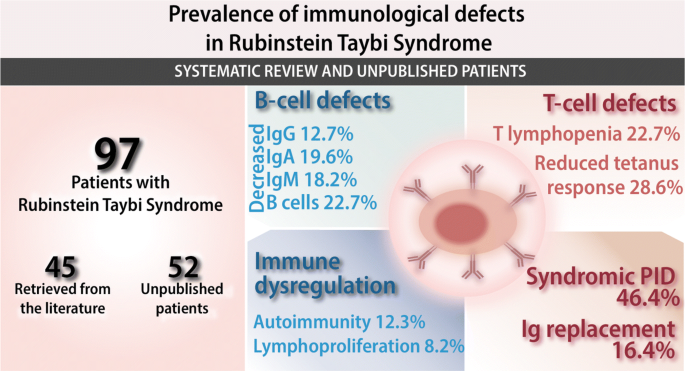
Prevalence of Immunological Defects in a Cohort of 97 Rubinstein–Taybi Syndrome Patients

4 Newborn with Rubinstein-Taybi syndrome showing microcephaly, frontal

A Case of Rubinstein-Taybi Syndrome with Tetralogy of Fallot

Rubinstein-Taybi syndrome: Multisystem involvement and its clinical

Facial dysmorphism, skeletal anomalies, congenital glucoma, dysplastic nails: Mild Rubinstein-Taybi Syndrome - ScienceDirect
Recomendado para você
-
 Rubinstein–Taybi syndrome - Wikipedia16 junho 2024
Rubinstein–Taybi syndrome - Wikipedia16 junho 2024 -
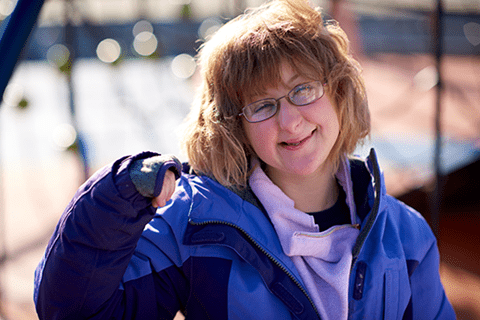 Rubinstein-Taybi Syndrome16 junho 2024
Rubinstein-Taybi Syndrome16 junho 2024 -
 Loving Leanne: Living with Rubinstein-Taybi Syndrome: Roome16 junho 2024
Loving Leanne: Living with Rubinstein-Taybi Syndrome: Roome16 junho 2024 -
 Long-term results following osteotomy of the thumb delta phalanx16 junho 2024
Long-term results following osteotomy of the thumb delta phalanx16 junho 2024 -
 Clinical photos of the patients. (a) Case 1: Dysmorphic facial16 junho 2024
Clinical photos of the patients. (a) Case 1: Dysmorphic facial16 junho 2024 -
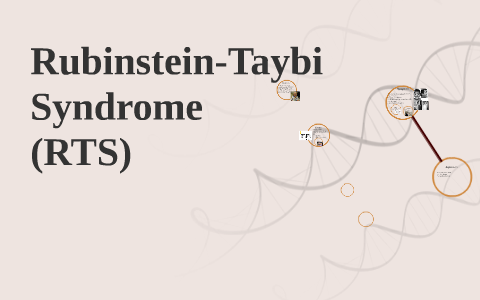 Rubinstein-Taybi Syndrome by Alexandra Wilegus16 junho 2024
Rubinstein-Taybi Syndrome by Alexandra Wilegus16 junho 2024 -
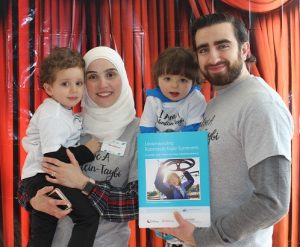 Rubinstein-Taybi Syndrome (RTS) Event at the Newport Aquarium16 junho 2024
Rubinstein-Taybi Syndrome (RTS) Event at the Newport Aquarium16 junho 2024 -
 SciELO - Brasil - Multiple pilomatricomas in twins with Rubinstein16 junho 2024
SciELO - Brasil - Multiple pilomatricomas in twins with Rubinstein16 junho 2024 -
 Rubinstein–Taybi syndrome in diverse populations - Tekendo‐Ngongang - 2020 - American Journal of Medical Genetics Part A - Wiley Online Library16 junho 2024
Rubinstein–Taybi syndrome in diverse populations - Tekendo‐Ngongang - 2020 - American Journal of Medical Genetics Part A - Wiley Online Library16 junho 2024 -
 Fetal phenotype of Rubinstein‐Taybi syndrome caused by CREBBP mutations - Van‐Gils - 2019 - Clinical Genetics - Wiley Online Library16 junho 2024
Fetal phenotype of Rubinstein‐Taybi syndrome caused by CREBBP mutations - Van‐Gils - 2019 - Clinical Genetics - Wiley Online Library16 junho 2024
você pode gostar
-
 ArtStation - Arcane Odyssey16 junho 2024
ArtStation - Arcane Odyssey16 junho 2024 -
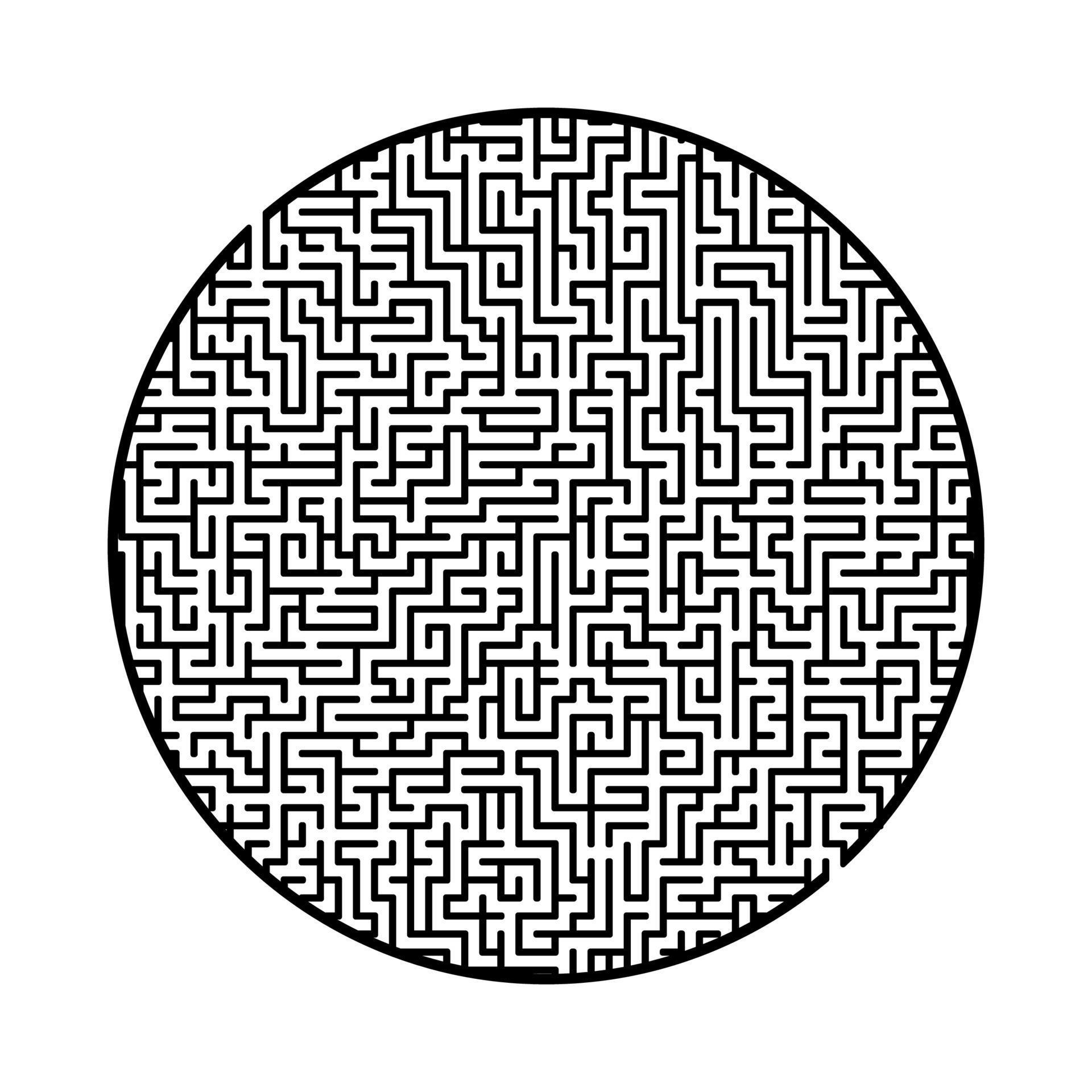 difícil grande labirinto. jogo para crianças e adultos. quebra-cabeça para crianças. enigma do labirinto. encontre o caminho certo. ilustração vetorial plana. 3663816 Vetor no Vecteezy16 junho 2024
difícil grande labirinto. jogo para crianças e adultos. quebra-cabeça para crianças. enigma do labirinto. encontre o caminho certo. ilustração vetorial plana. 3663816 Vetor no Vecteezy16 junho 2024 -
Pra Quem Joga - 🇧🇷 Abby e seu medo de altura. Curtiu este momento do game? 🇺🇸 Abby and her fear of heights. Did you enjoy this moment of the game? #praquemjoga #16 junho 2024
-
Stray: comparativo analisa os gráficos e desempenho no PS4, PS5, PC e Steam Deck16 junho 2024
-
 Pokemon Diamond Version Game ROM On PC Pokémon diamond, Pokemon, Play online16 junho 2024
Pokemon Diamond Version Game ROM On PC Pokémon diamond, Pokemon, Play online16 junho 2024 -
![Dying Light Definitive Edition [Korean English Japanese] Switch Multi Languages](https://i.ebayimg.com/images/g/lPwAAOSwgYRjz3mh/s-l1600.jpg) Dying Light Definitive Edition [Korean English Japanese] Switch Multi Languages16 junho 2024
Dying Light Definitive Edition [Korean English Japanese] Switch Multi Languages16 junho 2024 -
markiplier choo choo charles garten of banban|TikTok Search16 junho 2024
-
 Naruto clássico temporada 1, Wiki16 junho 2024
Naruto clássico temporada 1, Wiki16 junho 2024 -
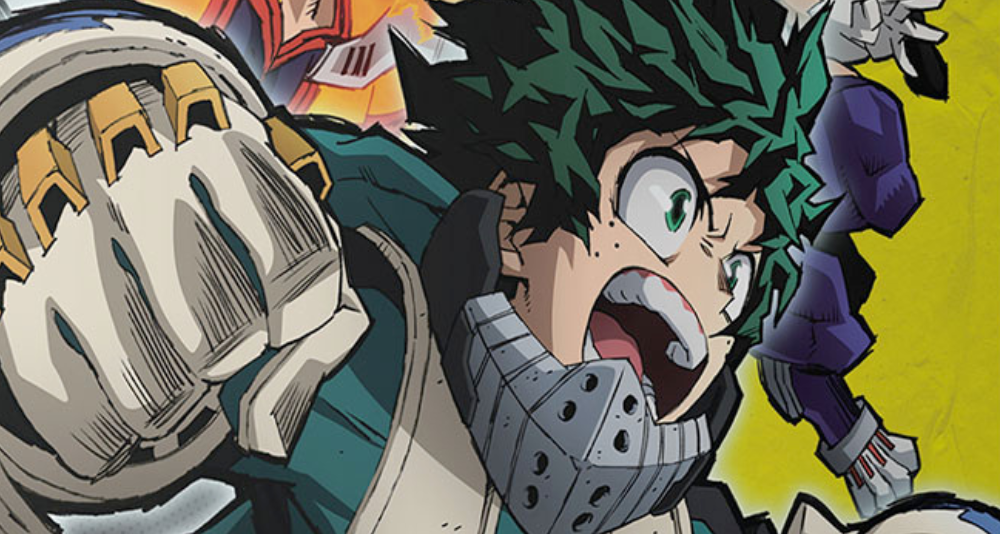 My Hero Academia' Season 6 Part 1 Headlines Crunchyroll's Holiday Anime Home Releases - Bounding Into Comics16 junho 2024
My Hero Academia' Season 6 Part 1 Headlines Crunchyroll's Holiday Anime Home Releases - Bounding Into Comics16 junho 2024 -
 Here's if 86 Eighty-Six Season 3 is officially Confirmed16 junho 2024
Here's if 86 Eighty-Six Season 3 is officially Confirmed16 junho 2024

